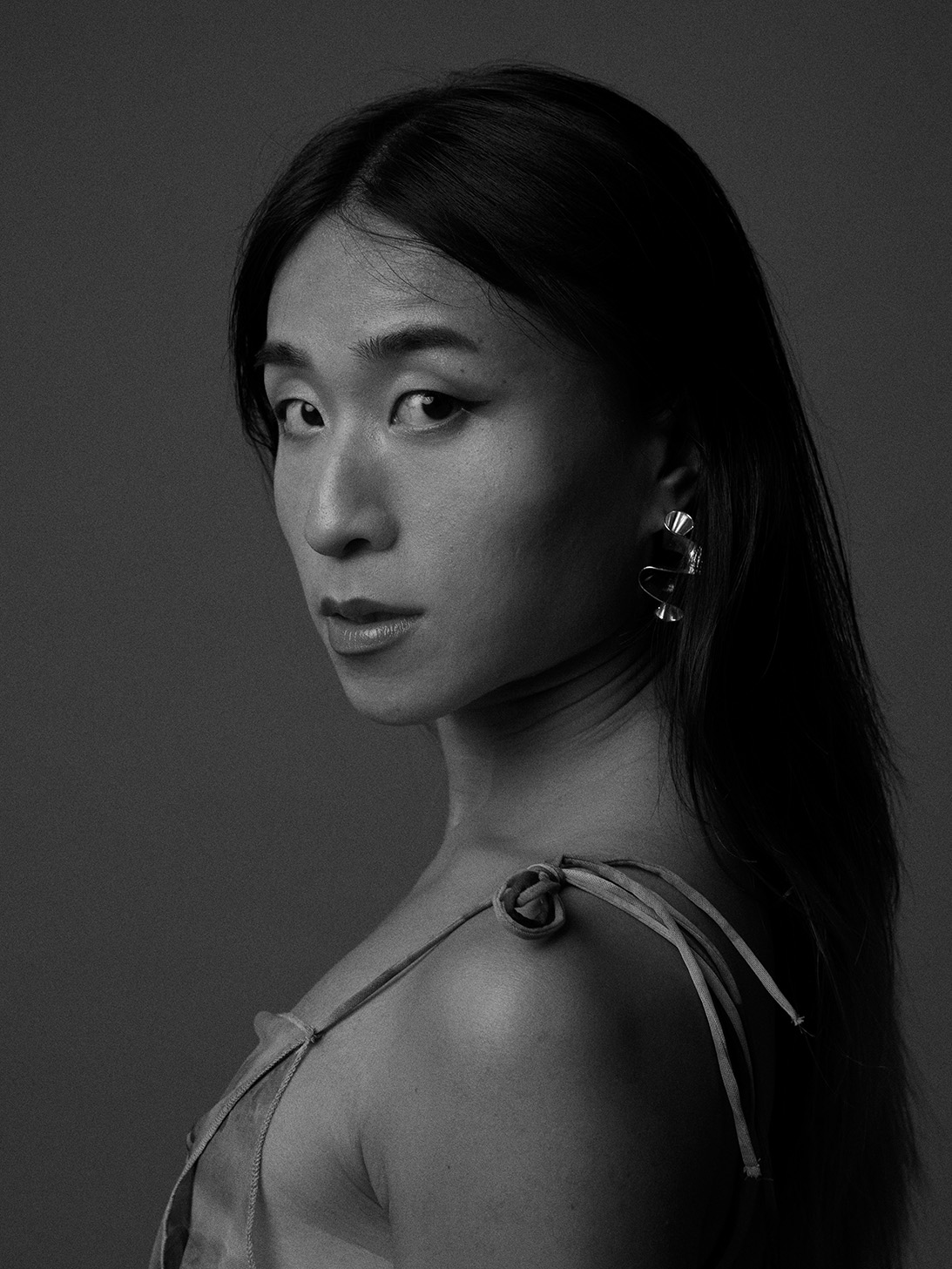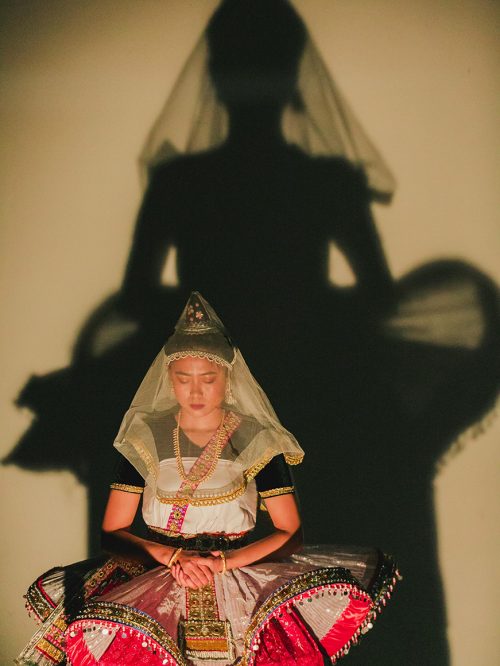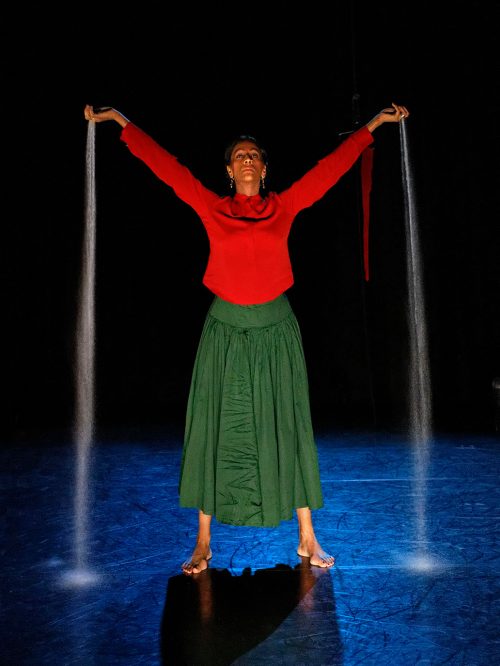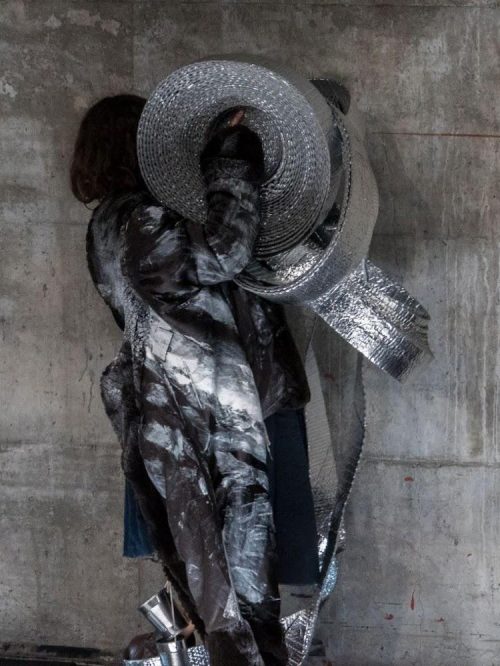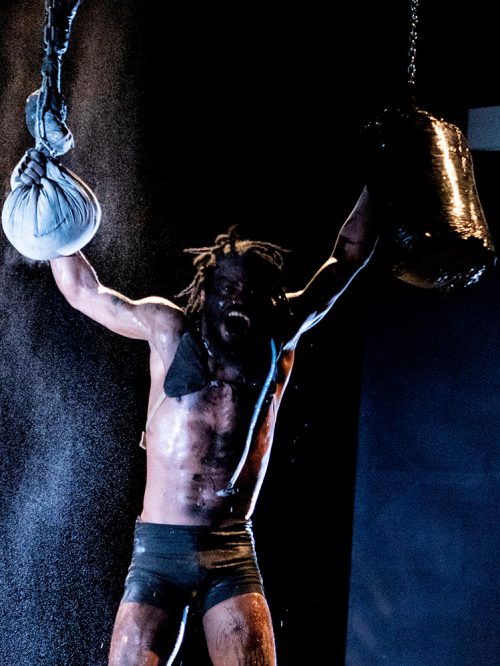They say, “Europe is better”
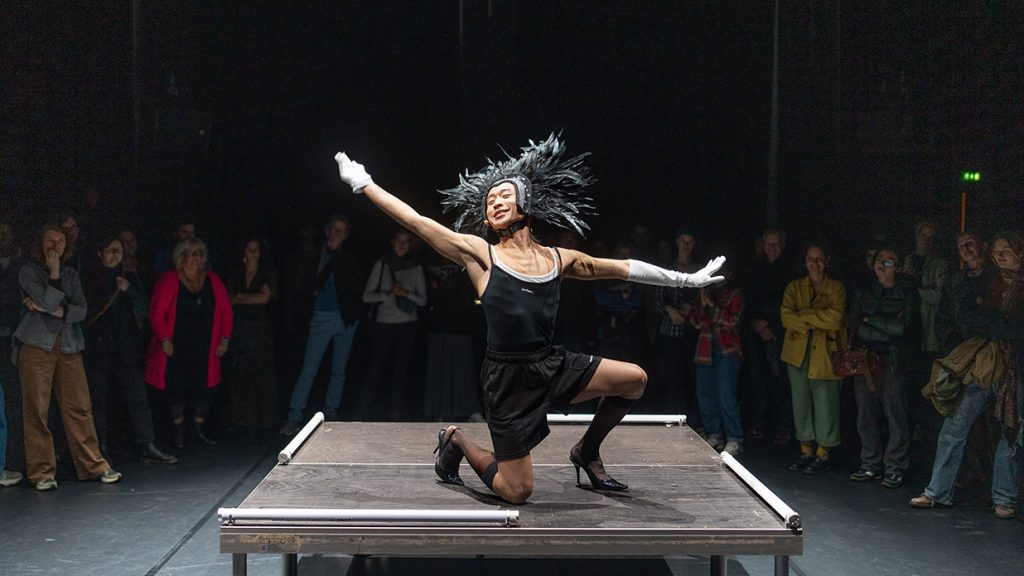
This is a reflection of 8 years living and working in Germany. I have the privilege to move to Germany to pursue my dance education. This is about the past, the present and the future.
They say, “Europe is better”
Things work better there. The grass is always greener on the other side (or we say , the moon is rounder abroad). White European aesthetics are so appealing: the perfect body, the ideal standard. I have to look like them. Can I still be a good dancer if I don’t do ballet?
These were my thoughts and my perceptions of Europe/Germany before I moved here in 2016. But when I arrived, I started to question myself, Is it really better? Something felt off.
When I was studying at a predominantly white dance university, I began to see the high expectations imposed toward my body. I am expected to not question the institution, to confirm, to be polite, to not fight against the system, to follow instructions… To become a successful dancer, I was expected to fit into Eurocentric standards and aesthetics.
“You do not have the “ballet” body and alignment, so you will get a lower grade.”
A friendly “reminder” from my ballet professor.
“Could you do the movement a little less… ‘Asian’?”
A feedback I’ve received from my modern dance professor.
My body was/is filtered through a colonial gaze. In those moments, I realized that the idea of “Europe is better” that I had was not right. My body became political. My existence as an immigrant, trans, asian, (and more), artist is closely tied to a system that demands these identities be constantly highlighted, packaged, and politicized. The Eurocentric, transmisogynistic, imperialistic, white spaces are the challenges that I — and many marginalized bodies — must face daily.
What does decolonisation mean to me? Decolonization is a relatively new word to me — a process I’m still learning, embodying, and understanding until today. Although Malaysia has a long colonial history, I had not yet connected that history to my existence. What does this process mean to my body and art? How has colonialism shaped my worldview? What part(s) of me has been erased?
I started to explore the idea of decolonization and tried to understand what that meant in practice. To do that, I have to critically question my artistic practice. In what ways can dance/performance serve as a tool for decolonial expression? How to dismantle my preconceived ideal of what contemporary dance is — white, eurocentric, western? What role does dance practices play in it? Too often I found myself feeling subconsciously inferior in white spaces — lowering, discrediting, and proving myself because my knowledge and movement language is seen as “uncool,” “non-Western” “traditional” or “too Asian.”
How can we, as BIPoC dancers, transform systemic violence into resilience? How can we thrive within structures designed to minimize and erase our experiences? For me, it
meant unlearning imposed standards, relearning about my past, and embracing the knowledge held within my body. It’s about creating and holding spaces for the difficult, uncomfortable conversations that need to be had. It’s about honoring our histories and experiences as sources of power, and reshaping the spaces we inhabit with our unapologetic presence. It’s not about conforming but about reclaiming.
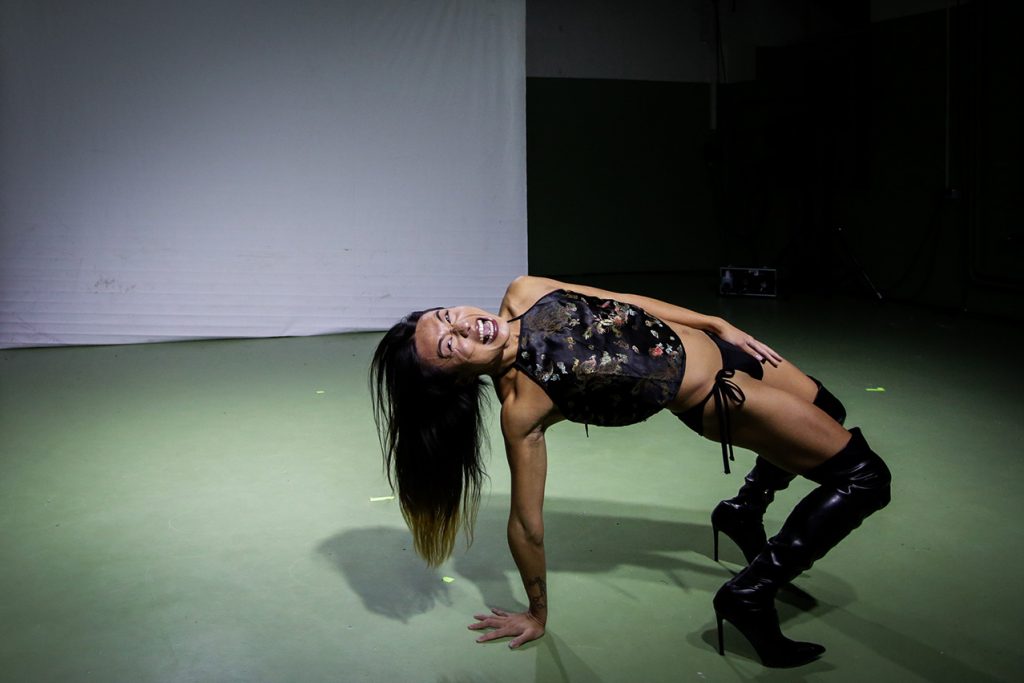
Quota
I don’t want to be your quota
I don’t want to be your diversity cast
I don’t want to be just a token
I don’t want to be reduced to my visible identities. Yes, I am trans, I am Malaysian and I am more than that. Although they play a big role in my life, influence my work and also where I often draw my creativity from, but I am more than these labels. What is the depth and nuance of my work, of my identity, beyond the expectations projected upon me?
I believe that representation, visibility, and diversity are crucial. It is empowering and very important to see marginalized bodies being on stage. But visibility of marginalized bodies on stage is just the beginning. Real inclusion that goes beyond diversity quotas.
Does the system really care about us? Am I only able to get fundings if I talk about these topics? Do I always have to play the identity card just to be seen?
There are times that I don’t want to share about the pain, trauma or violence that I have experienced, it’s tiring. These labels sometimes limit me. How can we move forward and beyond them?
What comes after representation? Is this kind of visibility and representation sustainable? How do we not bend to fit in a system but infiltrate it with our own terms?
Maybe recognizing the complexities of our differences, positionalities, and intersections within marginalized communities?
Hosting and gathering as political tools
I was part of the Asian Performing Artists Lab (APAL) in 2023: an independant platform organized by asian artists for asian artists. Seven asian artists of different nationalities and different artistic backgrounds — writer, musicians, dancers, filmmaker — were selected for this edition. Everything was self-organized: organizing the rehearsal space, managing time-slots, preparing meals for the whole group, cleaning the space, and the end-presentation. The idea is to support each other not only in the artistic process but also to coexist and share the responsibilities to care for each other and the collective space.
I remember our introductory (Rooting/Routing) workshop led by Promona Sengupta. It was a crash course about politics in relation to our artistic practices and the ways in which we’ve been depoliticized. Not gonna lie, it was overwhelming. It was the first day that I met the other participants and we were bombarded with questions like What are our political frontiers? What tools do we have to counter them? But it was a great exercise to get to know each other in this way!
Legacies of oppression, colonialism, loss of identity, survival, these were the words that were collected. We started engaging in difficult conversation, and there was a deep sense of empathy, with a recognition of how our experiences of struggle intersected.
Hosting and gathering can be political tools. I want to carry this experience into every artistic space I enter — free from traditional power dynamics, a consensual and collective environment. There was no hierarchy, no invisible chain of who knows more, who deserves to be heard more. This experience showed me that a space of genuine solidarity can exist whenever we choose to create them.
Bio
Paula Pau (she/her) is a Malaysian dancer based in Düsseldorf, Germany. She graduated with distinction in dance from the Folkwang University of the Arts in 2020. After graduating, she worked extensively with choreographer Ben J. Riepe, performing in various productions across Germany and internationally until 2023.
In parallel, Paula has collaborated with choreographers such as Raymond Liew Jin Pin, Marie-Lena Kaiser, and other interdisciplinary artists. Alongside, she actively develops her own choreographic work in collaboration with Andras (f.k.a. Igor Meneses Sousa), focusing on artistic research and creation.
Their works have been frequently supported by renowned institutions such as PACT Zollverein and tanzhaus nrw, establishing a stronger foothold in Germany’s contemporary dance scene.




